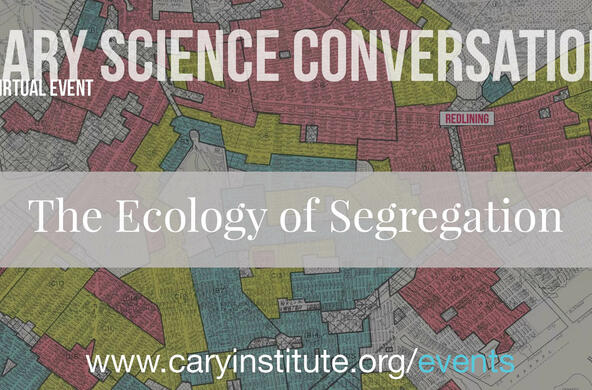As a scientist, I am worried about the term environmental justice. Scientists measure things, amassing data to test hypotheses and observe trends. Environmental scientists know how to assess air and water quality by taking samples and analyzing them for chemicals that are known to be harmful. We know how to assess environmental health by examining statistics for the occurrence of the human condition and diseases associated with pollution, sometimes depending upon data from insurance claims to do so. We know how to protect habitat by measuring the area of lands or wetlands, and increasingly marine habitats, that are under preservation. We can even estimate trends in the populations of endangered species by field surveys. Fisheries biologists have done this for decades.
The US Environmental Protection Agency defines environmental justice as “the fair treatment and meaningful involvement of all people regardless of race, color, national origin, or income with respect to the development, implementation, and enforcement of environmental laws, regulations, and policies.” I would like to believe that everyone understands and supports the concept of environmental justice, but how would we measure success in the endeavor? Sometimes a disparity index is calculated by dividing the fraction of a poor and/or minority population in an area of interest by the fraction of that population in a reference area. Even so, there is no widely accepted metric for how far from a ratio of 1.0 defines environmental injustice.
What constitutes environmental justice seems inherently subjective, unlike a water quality standard that can be measured and monitored from field samples. For instance, what metric would tell us that an advocacy organization or government policy has made any improvements in environmental justice over time? Where can one draw a definitional boundary between the pursuit of environmental justice, as distinct from other forms of injustice that have been so long overlooked?
I would hate to see environmental justice laid to rest beside sustainability in the graveyard of other subjective environmental descriptors. “I know it when I see it,” is not good enough. Answers to these questions are urgently needed to inform advocacy and policy efforts aimed to improve the environment for all peoples and to get the greatest return per dollar spent.
References
Emanuel, R. 2017. Flawed environmental justice analyses. Science 357: 260
https://www.epa.gov/sites/default/files/2016-06/documents/ejtg_5_6_16_v…






